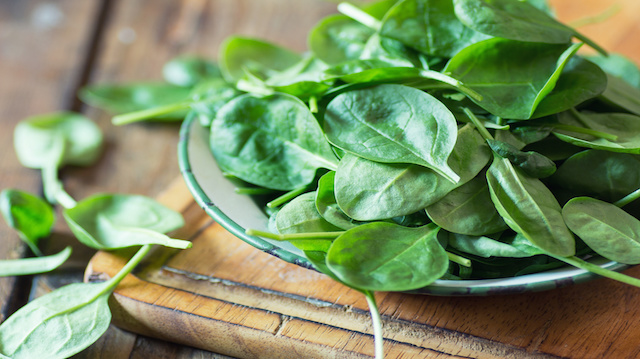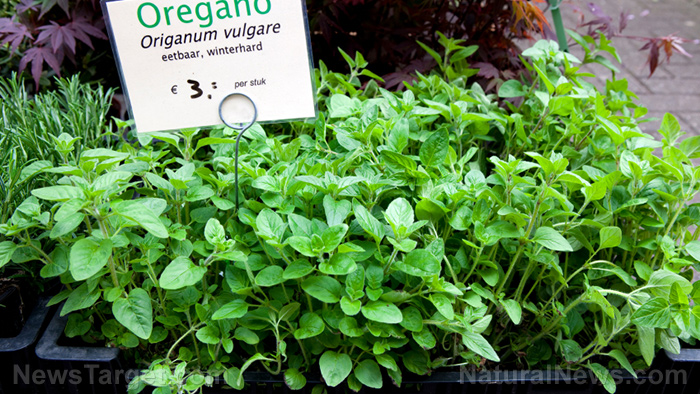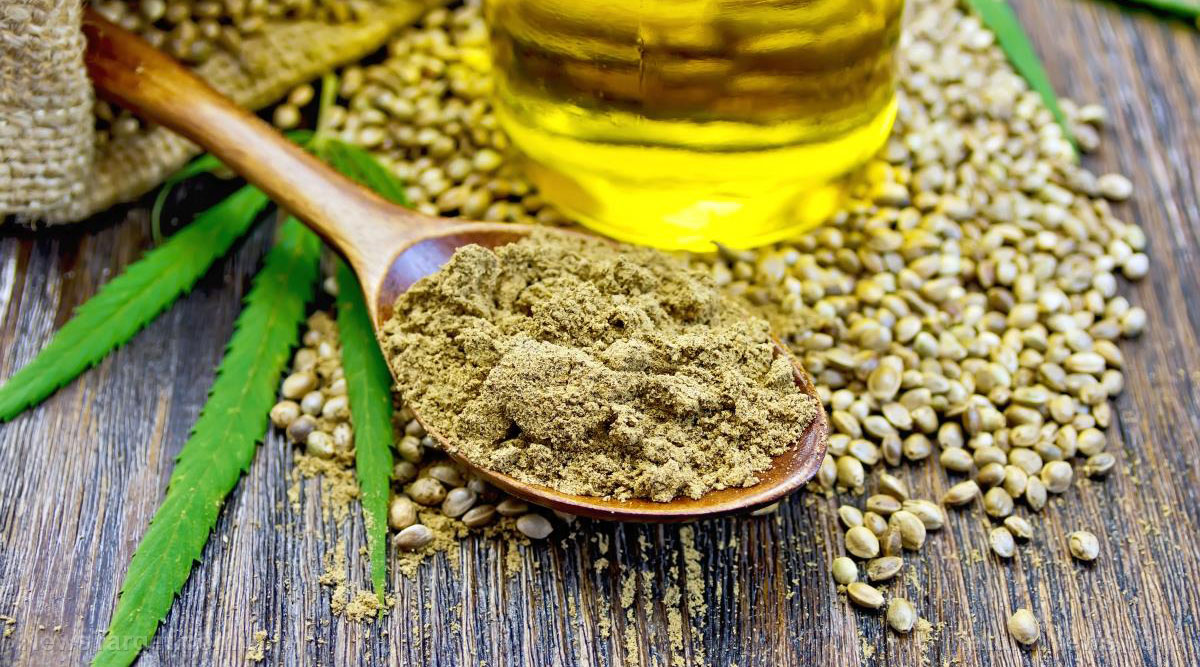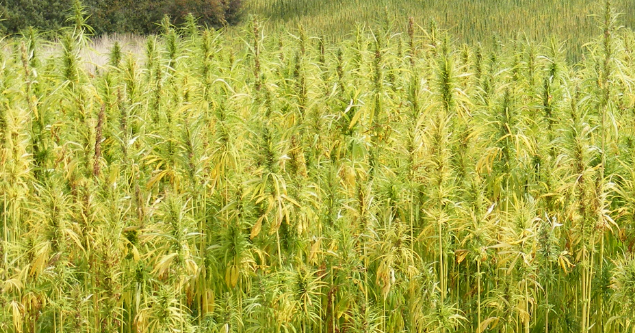Eat your spinach: This plant can help arthritis patients maintain strong bones
07/15/2018 / By Michelle Simmons

Eating spinach (Spinicia oleracea) can help osteoarthritis patients maintain strong bones, according to a study published in the journal BMC Complementary and Alternative Medicine. The study, carried out by a team of researchers at CSIR-Central Drug Research Institute in India, looked at the anti-osteoarthritic effects of spinach extracts in monosodium iodoacetate (MIA)-induced osteoarthritis mice.
For the study, the research team induced osteoarthritis in a group of mice by injecting MIA at their knee joint. After this, they orally gave the mice a dose of 250 milligrams per kilogram (mg/kg) or 500 mg/kg of spinach extract every day for 28 days. The team investigated the anti-osteoarthritic properties of spinach extract by micro-CT, mRNA, and protein expression of pro-inflammatory and chondrogenic genes, clinically relevant biomarkers, and behavioral experiments.
Results revealed that the spinach extract exhibited potent antioxidant and anti-inflammatory properties. These effects were also established by the histological assessment of the knee joints at the end of the study.
The spinach extract treatment also enhanced joint space and irregularity of the joint and atrophied femoral condyles and tibial plateau. Moreover, the treatment prevented the degradation of chondrocytes and extracellular matrix components in the joint area. Chondrocytes are the only component cells that can control key activities of the joint cartilage. It also improved bone cartilage by increasing total bone volume to tissue volume and trabecular number, which provide structural and functional strength to the cartilage.
The administration of spinach extract enhanced joint mobility with increased traveling distance and a lower chance of latency to fall. This indicated that the spinach extract lessened pain and other osteoarthritis-associated symptoms. It also maintained the chondrogenic environment of joint chondrocytes by reducing collagen type 10 (Col10) expression in the joints.
The team also observed that the active components in spinach extracts may play a role in the prevention of the damaging effect of MIA. The spinach extract treatment also substantially decreased the elevated serum level of Glutathione S-transferases (GST), cartilage oligomeric matrix protein (COMP), and urinary C-telopeptide of type II collagen (CTX-II) associated with MIA in a dose-dependent manner.
The findings suggested that SOE treatment reduced MIA-induced inflammation and joint and sub-chondral bone loss.
Based on the findings of the study, the research team concluded that spinach can reduce the side effects of osteoarthritis and keep bones strong.
More on osteoarthritis
Osteoarthritis, sometimes referred to as degenerative joint disease or degenerative arthritis, is the most common chronic condition of the joints. In the U.S., it affects about 27 million people. The disease can affect any joint, but it most often occurs in the knees, hips, lower back and neck, small joints of the fingers, and the bases of the thumb and big toe.
The cartilage of people with osteoarthritis is broken down, causing pain, swelling, and difficulty moving the joint. Over time, the disease gets worse and the bones may break down and develop growths known as spurs. Parts of bone or cartilage may chip off and float around in the joint. Inflammation then occurs, causing more damage to the cartilage. During advanced stages of osteoarthritis, the cartilage wears away and bone rubs against another, resulting in joint damage and more pain.
People aged 65 above are more likely to develop the disease. Other common risk factors include obesity, previous joint injury, overuse of the joint, and weak thigh muscles, among others. You can prevent the disease with good diet and exercise. (Related: Researchers believe selenium can protect knees from arthritis.)
Read more news stories and studies on osteoarthritis prevention and treatment by going to AlternativeMedicine.news.
Sources include:
Tagged Under: alternative medicine, arthritis diet, Bones, cartilage, food as medicine, food good for arthritis, Fresh, grocery, heailng foods, ingredients, joints, natural treatment, nutrients, Osteoarthritis, spinach, spinach extract, Spinacia oleracea



















